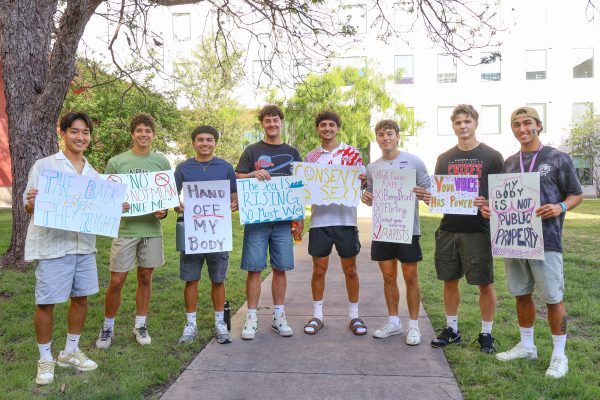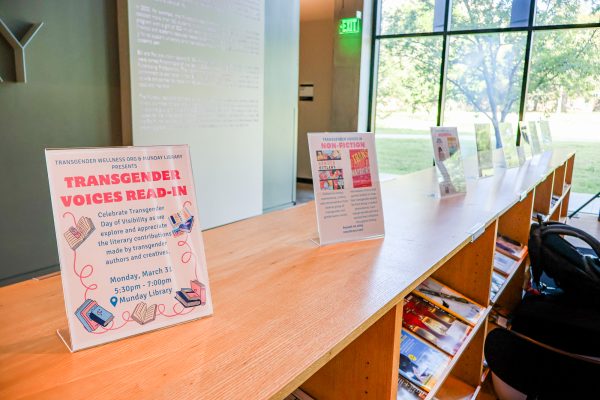Body positivity aids writer in overcoming demons
Sophomore Mallory Hicks was in the supermarket when she saw it.
There, on a magazine stand, was a picture of model Ashley Graham in a dark purple bikini with yellow strings. On the cover, Graham lounges on a sandy beach as beads of water collect on her tanned skin. The caption of the 2016 Sports Illustrated issue read: “Rookie Bombshell: Ashley Graham.”
Hicks was stunned. At six feet tall, the then-college freshman shared the same height and dress size as Graham, size 16. To see someone like herself on the 2016 swimsuit edition was not only unexpected but life-changing.
“That’s when I realized maybe it’s not necessarily bad to be plus size,” Hicks said. “It’s not bad to look the way I do, so why am I trying to change? And if I’m trying to change, what am I changing for?”
For Hicks, this revelation was an important one. Due to an ongoing battle with binge eating disorder, the fun-loving writer viewed food as existing on a fine line between a comforting friend and worst adversary. Afternoons spent rifling through the pantry, or evenings spent finishing a whole pizza by herself solidified feelings of self-hate.
Like Hicks, about one percent of women in the U.S. have binge eating disorder. This is marked by frequent consumption of atypically large amounts of food and difficulty with impulse control. Nationwide, approximately eight million people have some form of an eating disorder altogether such as anorexia nervosa, bulimia or related conditions.
“I have had a really bad relationship with food and my body my whole entire life,” Hicks said. “It’s really hard. It’s so hard because food is put in front of me and I just want to eat it, and I can eat it all even though I know I shouldn’t.”
By about eighth grade, Hicks was aware that she wasn’t taking care of herself. Though she had struggled with overeating since she was a young child, her relationship with food became more drastic into her teens. One evening, while hosting an Oscars party, Hicks overate again. Unable to stop, she threw up only to continue eating afterward.
“There have been points where I’ve just eaten so much that I’ve thrown up, not because I wanted to throw up, but because I’ve eaten so much that my body was like, ‘What did you just do?’”
The realization that Hicks’ habits were a full-fledged eating disorder, however, didn’t come until she was an upperclassman in high school. Her best friend, recently diagnosed with binge eating disorder, described symptoms that sounded all-too familiar.
“We were sitting down talking and I just kept thinking, ‘This sounds like me. I do all of these things. I eat for no reason, I over-eat when I’m bored, when I’m anything,’” Hicks said.
The healing process wasn’t immediate. Even years later, Hicks knows that the disorder will be a life-long struggle. Despite the condition coming back in waves, some positive overarching changes have taken hold with Hick’s immersion into a self-acceptance culture.
In her pursuit of body positivity education, and with the help of role models like Ashley Graham, Hicks has come to embrace a journey of self-love over self-hate. While in the past Hicks hid her body with over-sized t-shirts, she now proudly displays her curves with high-waisted jeans and crop-tops. She’s still working up to wearing shorts though, she says.
“No one should ever feel like they cannot do something or achieve something because of the way they look or their body type,” Hicks said. “I think a lot of people feel held back by their bodies because society tells us what we should and shouldn’t wear, but it’s really important to just not care and wear what you want and enjoy experiences without feeling self-conscious about what others think of you.”






